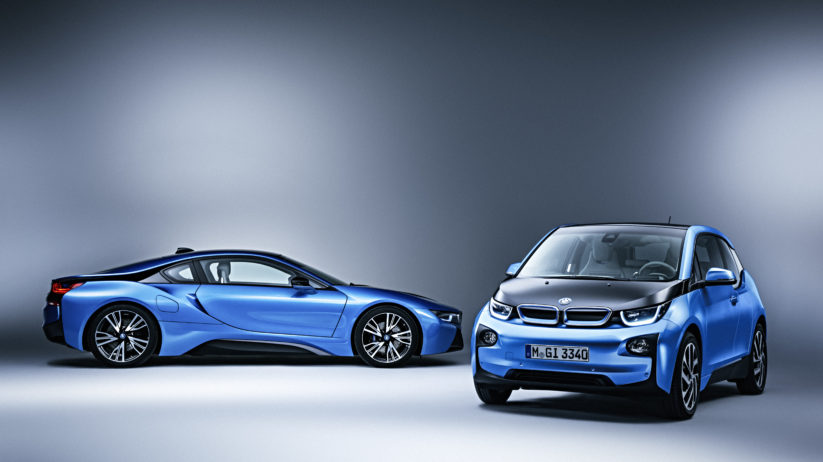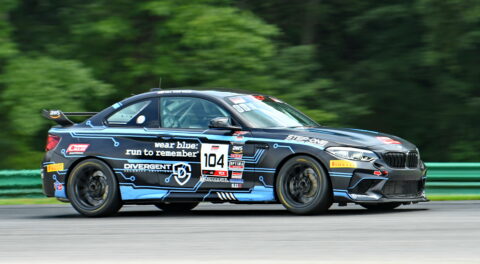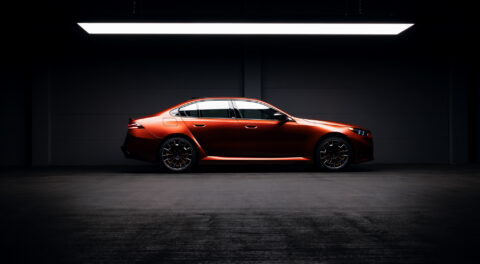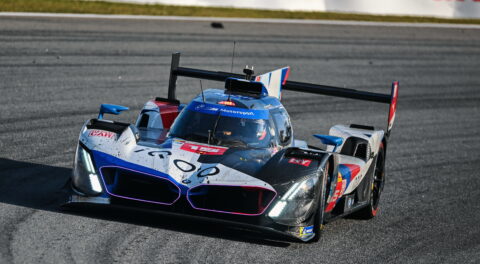Just on the heels of BMW confirming the use of two future platform offshoots of its new fifth-generation architecture for future vehicles, other news has also come to light which indicates that upcoming developments in the BMW i line will not be using the currently employed carbon-fiber monocoque construction. Instead, for the upcoming iNext, a high-test effort in terms of BMW’s capabilities when it comes to electrification and autonomy, one of the previously detailed CLAR or FAAR platform developments will be used.
Further, it doesn’t sound like any other type of carbon-based specialty like the lofty i8 is currently in the works or under discussion—but that doesn’t preclude the use of the material. Over the past few vehicle generations, BMW has proven itself a master of carbon-fiber production and integration, and large amounts of it are still expected to be used throughout production of various models, including (and beyond) vehicles like those which will succeed the i3 and i8.

According to Robert Irlinger, head of BMW i, strides forward in the realm of battery technology resulting in decreased footprints in terms of size and weight are driving the change. “At the time of the BMW i3, the capacity of batteries was still quite low, so we tried to get every kilogram out of the car to reduce the amount of energy we needed, but with the improving energy capacity of batteries, you don’t need to look for the last 500 grams. Therefore, we look for the right balance of properties. Carbon-fiber is still an extremely important material when it comes to passenger safety, for example, but you only use it in certain areas.”
Other important catalysts are goals that include higher production volumes. The i3 and i8 have acted as groundbreaking trailblazers in the market, helping to transform a segment that was initially kicked off by the Honda Insight and Toyota Prius nearly twenty years ago. Technology and integration of electrification and autonomy haven’t stopped their relentless march forward, however, and even the current BMW i model lineup is ready for refreshed stablemates and future generations.
BMW production lines are among the most flexible in the industry, and even with uncertainty related to the pace of electrified platforms supplanting conventional ones, the company is ready for whatever comes, thanks to a manufacturing process that can accommodate changes seamlessly. Platforms with a high percentage of carbon-fiber in their main components do not lend themselves to this type of mass-production scale under any current circumstances, but that could change at any moment.
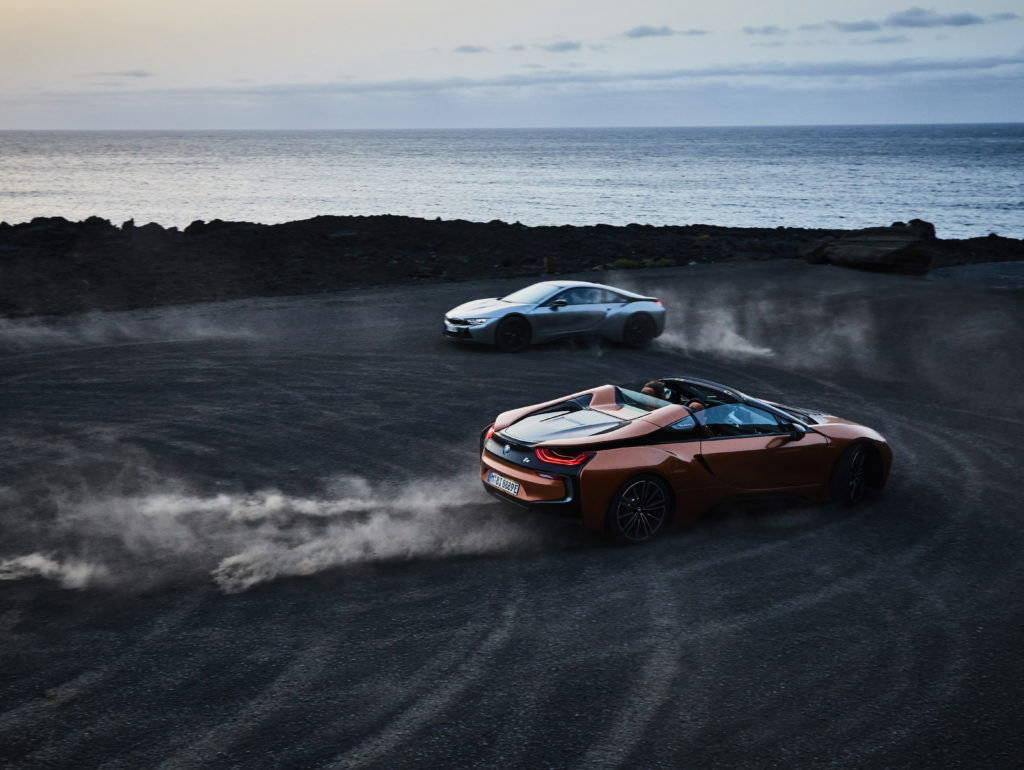
Another way to view the upcoming plans is through BMW’s continued effort to make an electrified future part of our reality without rewriting the design language of how a car is supposed look, feel, and behave. While there have been plenty of wild concepts put out by the marque, production models have a way of transforming our perceptions while still acquiescing to basic needs. The i3 is still polarizing in terms of its visuals, but the underlying technology is now a mainstay—and the important lessons learned during development of that car and the i8 are finding their way into the current iPerformance line, which is scarcely distinguishable from the standard-model offerings in terms of looks, price, and most important, driving dynamics.
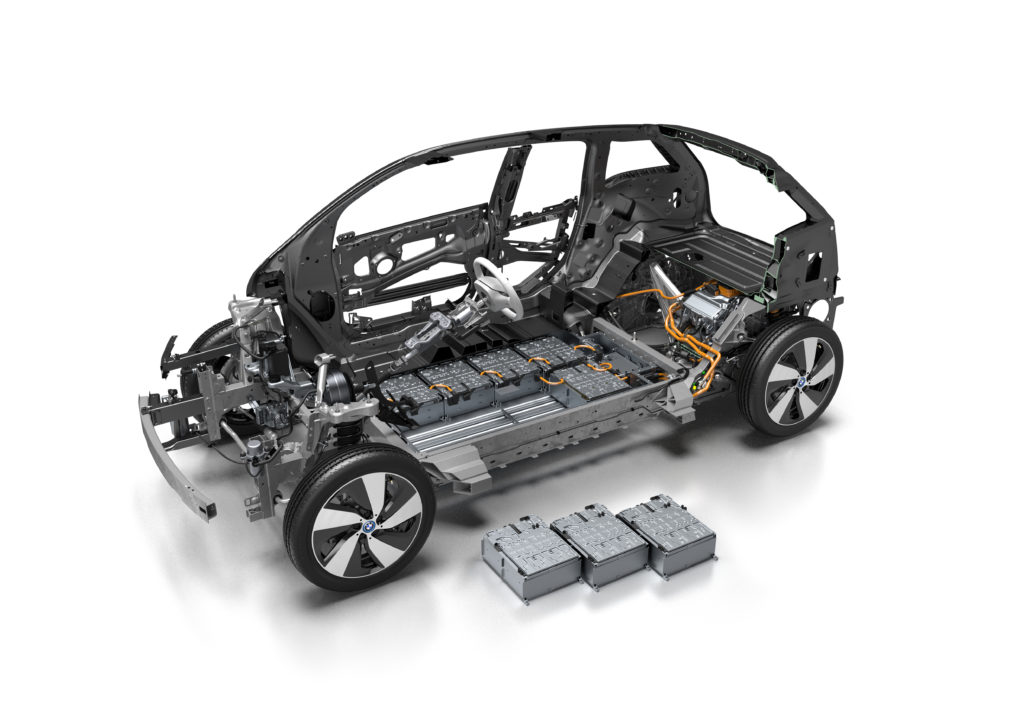
So while the change sounds controversial at first, BMW has a unique ability to make shared parts, systems, and technologies work. This ability is already on display in a variety of current production and upcoming models like the 8 Series, and there’s no reason that it can’t continue for special cars similar to the i8—and whatever else might be on the horizon—not to mention that BMW’s latest M Performance models and M Performance Parts collections are using more carbon-fiber than ever before, and more and more models are featuring Carbon Core construction higher up in the body.—Alex Tock
[Photos courtesy of BMW AG.]

